Overnight the ship makes its way from Malaga through the Straits of Gibraltar and on to our final Spanish mainland port of Cadiz. For the James Bond fans that's two film locations back to back.
We had been to Cadiz many years ago & visited Jerez for the sherry bodega and the Lippizana Stallions so its nice to just leisurely stroll around today and visit the Cathedral. Unfortunately as soon as we step off the ship the heavens decide to open for an hour or two and a misty fog rolls in from the sea.
We eventually make it to the Cathedral Nueva ( well it was new before the 18th century) where the excellent audio guides take us around the many side chapels & crypt. As we exit the sun has reappeared and we make our way back to the ship.
Dinner tonight is Cagneys where wine is served in glasses you can almost drown in, the lamb is excellent and lobster tail which has finally reappeared on the menu after a couple of years absence. Yay! It's a rocky one tonight as we head out into the mighty Atlantic.
Day 6 &7 Madeira
A time change overnight means we are out on the balcony for breakfast for a surprisingly warm and beautiful sunrise, perfect conditions as we slowly sail into the port of Funchal. Its taken us a full day at sea to reach Madeira from Cadiz.
As we left Cadiz we finally entered the Atlantic Ocean and have begun our crossing, though I'm slightly baffled (again) as to where everybody had disappeared to on the sea day. Cant complain though as we kept the waiter busy with Camparis in the sun.
Now we are finally sailing gently into the port of Funchal Madeira it's noticeable now many Aida cruise line ships seem to be following us around this section of the cruise- it seems they have a few ships based in the Canaries and Madeira - Aida are a cruise line who unlike other European lines (Costa or MSC) seem to trade only with the German market, a pity as some of the winter routes look quite excellent.
We have an early morning walk with the guide around Funchal's old market where abundant vegetables, flowers and fruits are displayed like works of art.With its year round sub tropical climate, most plants thrive in Madeira.
The fish section of the market looks wonderful too - though some of its inhabitants look slightly more menacing than others. Everywhere is beautifully tiled with traditional Portuguese porcelain.
We also spend a little time looking around a traditional Madeira embroidery factory which is very interesting - especially the prices; though the amount of skill, time and manpower needed to even make a handkerchief probably justifies this.
A short bus journey has us heading inland and upwards towards the village of Monte with its beautiful "Church of our Lady" and from here we walk past the traditional sledges - now Madeiras main tourist icon - to the cable car which will take us down to the botanical gardens.
High above the town of Funchal, Madeira’s first Botanical Gardens were
created in the 1960s and still exist in mostly original form today. Originally part of the estate and private house of a hotel magnate the gardens contain a dizzying array of species, with everything from
Tasmanian tree ferns and ancient laurel trees to cacti, orchids,
strelizia and the endemic (and rather strange) Dragon Trees.
You can reach them several ways but there is a direct cable car from the village of Monte which will take you to the garden's ticket office.
The iconic terraces of the botanical gardens.
The cactus gardens in the botanical gardens
We have really enjoyed both the lovely November climate and the lush green of Madeira and its a place I would love to visit again perhaps on our next crossing ;)
Day 8 Lanzarote
We breakfast on our sunny balcony as we sail into the port of Arrecife. Lanzarote, which is the polar opposite of Madeira as far as the landscape is concerned. Exchanging the lush & tropical for volcanic & wind swept beauty.
Yes, it is a volcanic island and not green everywhere, but it is the
unusual combination of lunar landscape and fertile farmland that creates
such contrast.
You can pick up a local tour bus of the island from the end of the pier (which you can pre book online - we used Lanzarote guides.
Our adventures around the island included a winery/bodega visit, including samples! the vines have a unique cultivation method where each individual vine is surrounded by a knee high stone wall made from pieces of solidified lava that make up much of the islands geology. It does create a weird landscape to look at, especially in late November when most of the vines have been cut back and barely a leaf remains.
Lanzarote is famed for its dry winds that can sweep across the islands and remove the light fertile top layer of soil. Without these walls nothing would remain.
The wine itself is a peculiar aperitif. For all the effort that goes in to protecting these vines I have to say that in all honesty the result is a taste only a mother could love.
We then head on towards the national park which covers a huge area of the island. White painted villages dot the otherwise quite stark landscape.
The temperature has risen quite dramatically from early morning so its a welcome stop for an ice cream by the sea before we carry on into the desert looking for camels.
Camels were brought to Lanzarote
between the end of the 15th century and the beginning of the 16th
century. The camels were later distributed in the rest of the Canary
Islands. They fit the landscape perfectly. Its great fun watching our co passengers ride.
The tour ends with a visit to the fire mountains, Timanfaya National Park whose last eruption was 1824. Buses and cars are given an allocated time to enter the road into the park, so traffic is sparse. From the parks entrance you are taken to the beautiful new visitors centre designed by artist Cesar Manrique where in the baking heat of the sun they demonstrate how hot the ground is a few feet below your feet by setting fire to bracken without a match and pouring sand from the pits into your hands. Its like standing in an oven.
After the series of demonstrations you re-board the bus for a scenic drive through the lunar landscape of the park which is timed to match music & narration piped through the buses PA system; for some reason mysterious wind chimes and bells ring throughout the breaks in the narration which results in us having inexplicable giggles.
Its been a full day tour and great value compared to the ships half day version. Despite its starkness there is a beauty in the landscape - its also a very eco friendly island. The artist and architect César Manrique had a vision for Lanzarote. He wanted the island to be a pioneer in sustainable tourism. Therefore he started his foundation
in the early 80s and worked closely with the government to forbid
developments of high rise hotel buildings and distracting billboard ads
on the roads.
Tonight we will leave the volcano landscape of Lanzarote and set sail heading further south and are due to dock at Tenerife in the morning before pointing West and heading out into the Atlantic proper.
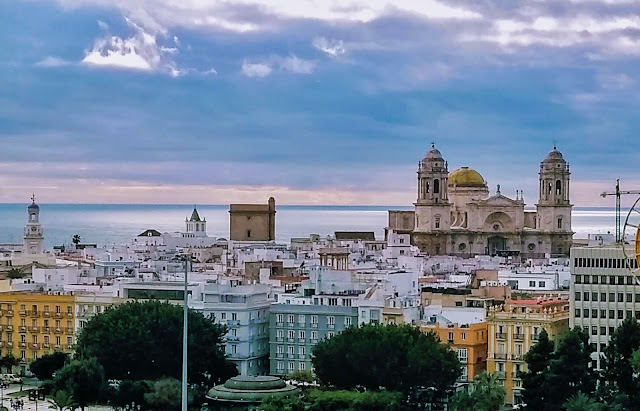
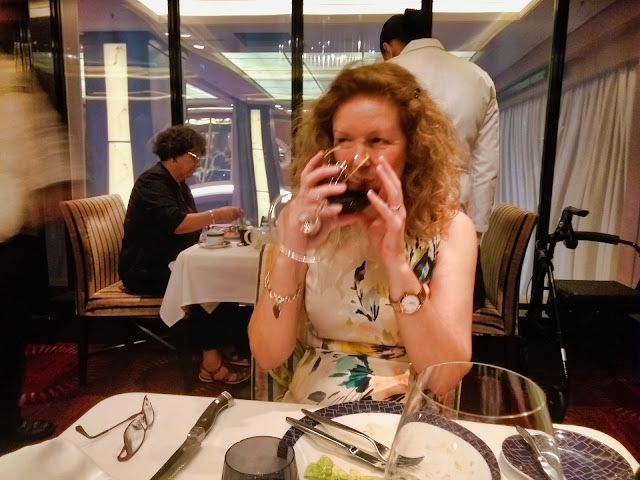
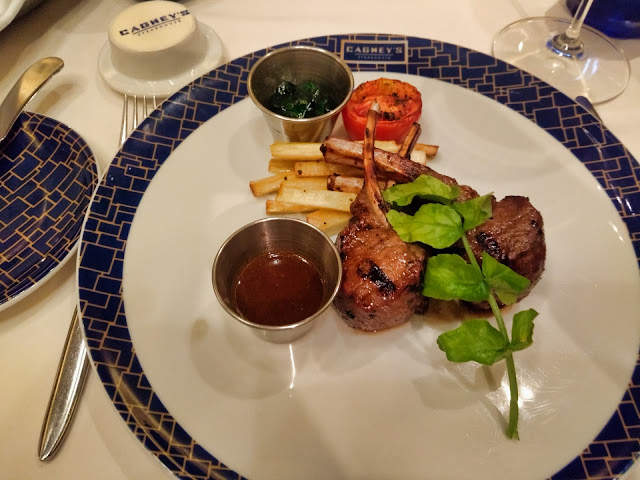
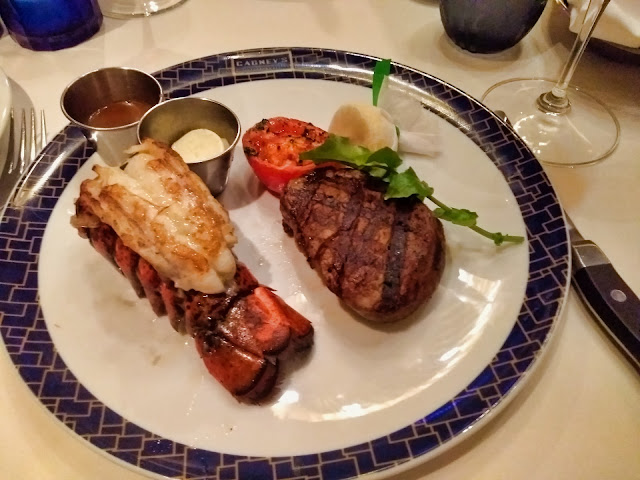
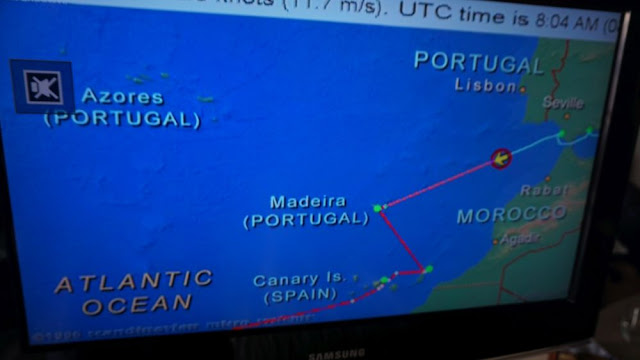
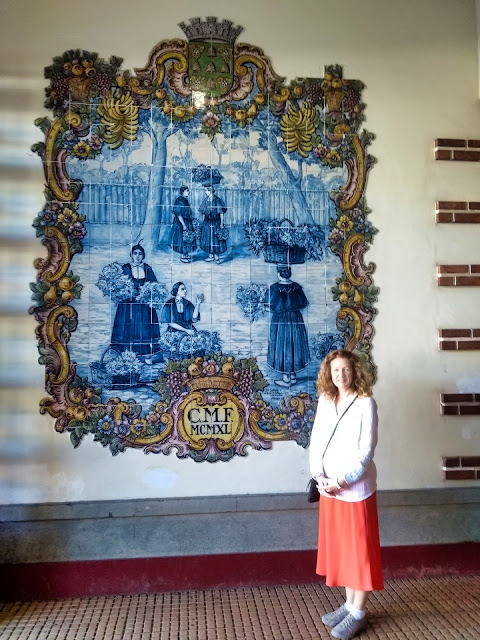
No comments:
Post a Comment